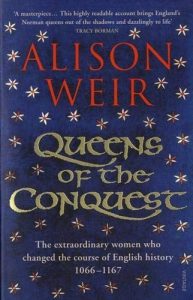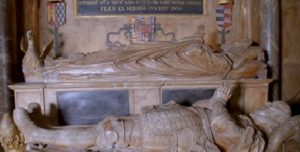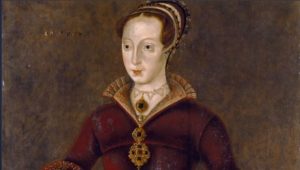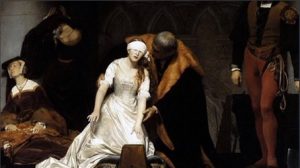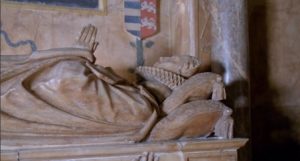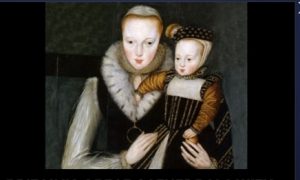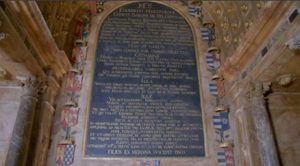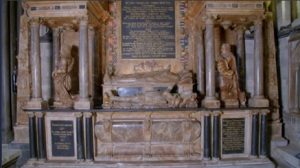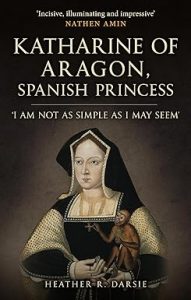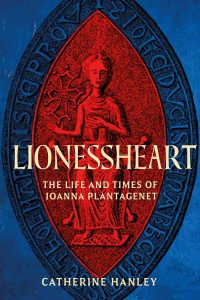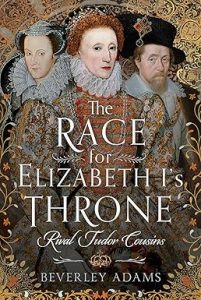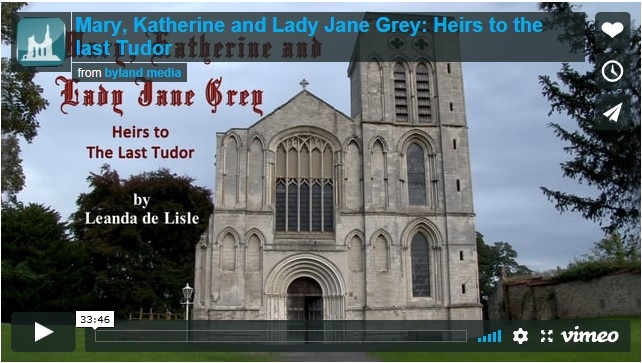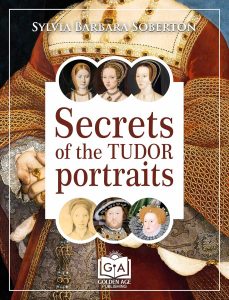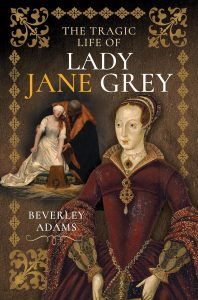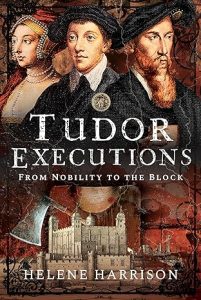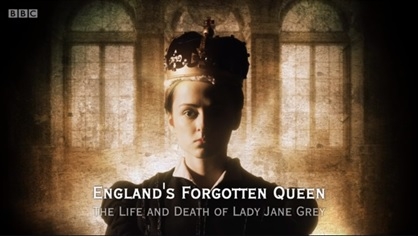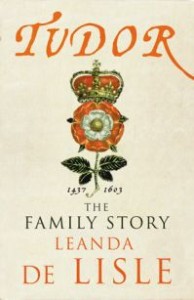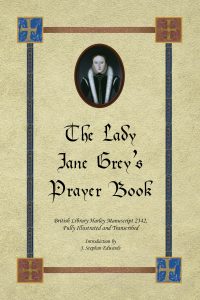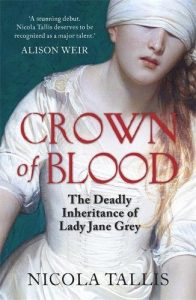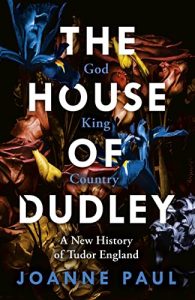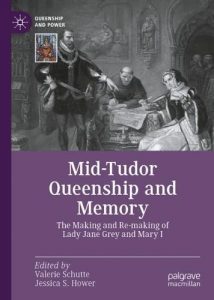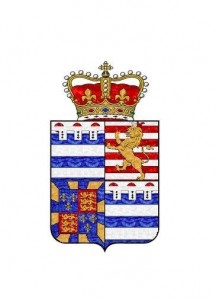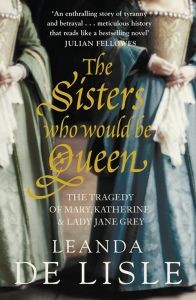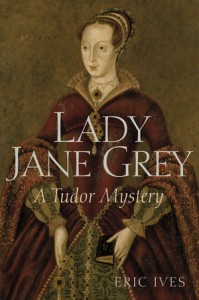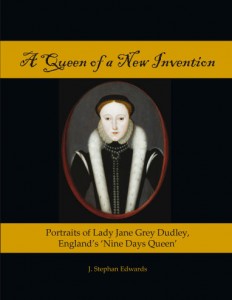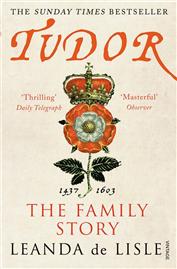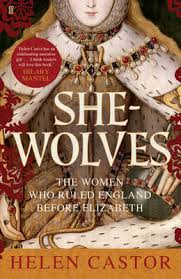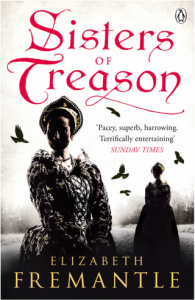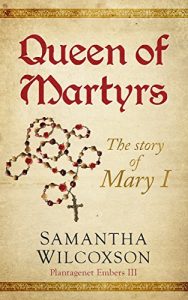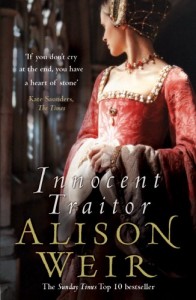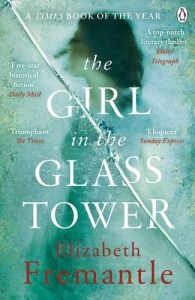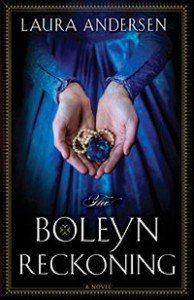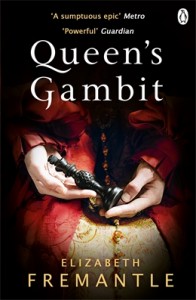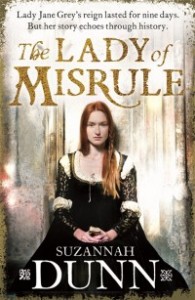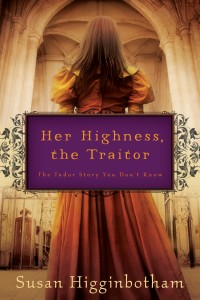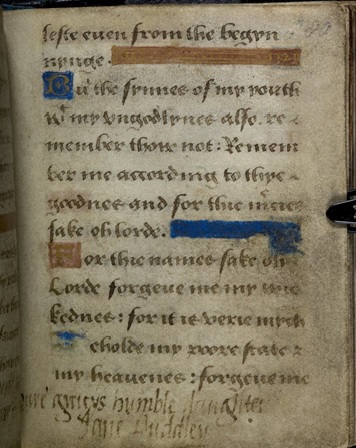Historian Leanda de Lisle has recorded a number of podcasts uncovering the Tudors and Stuarts behind the myths.
Leanda is the author of ‘White King: Charles I – Traitor, Murderer, Martyr’, ‘Tudor: The Family Story’ and ‘The Sisters Who Would Be Queen: The Tragedy of Mary, Katherine and Lady Jane Grey.’
England’s Forgotten Queen: The Faking of Lady Jane Grey by Leanda de Lisle
The teenage Queen, Lady Jane Grey has been mythologized, even fetishized as the innocent victim of adult ambition. The legend was encapsulated by the French romantic artist Paul Delaroche and his 1833 historical portrait of Jane dressed in white on the scaffold.
An image with all the erotic overtones of a virgin sacrifice. The legend also inspired a fraud. One that has fooled historians, art experts and biographers for over a hundred years. I am the historian, Leanda de Lisle, uncovering the Tudors and Stuarts behind the myths.
The sixteenth century merchant, gave us what was believed, until I discovered the truth, to be the only detailed contemporary description of Jane’s appearance. In a letter he wrote an eye witness account of a smiling, red haired girl being processed to the Tower as Queen on July 10th 1553. He was close enough to see that she was so small that she had to wear stacked shoes to give her height.
Jane was overthrown 9 days later and eventually executed in the Tower from where she had reigned. While the tragedy of her brutal death at only 16 is real, the letter is an invention and obscures the significance of her reign.
The faked letter first made its appearance in Richard Patrick Boyle Davey’s 1909 biography, ‘The Nine Day’s Queen: Lady Jane Grey and her Times.’
Davey’s subject was already a popular one, the Victorians had lapped up the poignant tale of a child woman forced to be Queen and despite this later executed as an usurper.
The letter, discovered supposedly by Davey in the archives in Genoa seemingly brought this tragic heroine to life but in retrospect that should had set alarm bells ringing. For the Jane the Victorians knew was already heavily fictionalised.
The historical Jane was a great-grandchild of Henry VII, highly intelligent and given a top flight Protestant education, she might have made a Queen consort to her fiercely Protestant cousin Edward VI, as her father hoped. But instead on July 6th 1553, the dying Edward bequeathed her the throne, in pace of his Catholic half-sister Mary Tudor.
Thirteen days later Mary overthrew Jane and she was duly tried for treason, found guilty and condemned. Mary indicated that she wished to pardon Jane, but Jane was executed nevertheless the following year. It was the aftermath to a rebellion in which she had played no part but her father had.
Why then did Mary sign Jane’s death warrant? The reason was indicated the day before Jane’s beheading. The Bishop of Winchester, Stephen Gardiner, reminded Mary that it was leading Protestants who had opposed her rule in July 1553 and in the recent rebellion.
Jane who had condemned Catholicism as Queen, had continued to do so as a prisoner in the Tower. As such she posed a threat. It was for her religious stance that Jane would die, not solely for her father’s actions, or for reign has usurper.
Aware that the Protestant cause would be damaged by its link to treason, Jane reminded people from the scaffold, that while in law she was a traitor, she had merely accepted the throne she was offered and was innocent of having sought it.
From this kernel of truth, the later image of Jane was spun. Protestant propagandists developed her claims to innocence, prescribing the events of 1553 to the personal ambitions of Jane’s father and father-in-law, rather than to religion.
Later, under Queen Elizabeth, treason came to be associated with Catholics, not Protestants and the earlier history was forgotten.
The religious issue of 1553 concluded only in 1701 when it was made illegal for any Catholic to inherit the throne, a law that still stands. But Jane’s story continued to develop.
Her innocence was associated increasingly with the passivity deemed appropriate to a young girl. The sexual dimension to this is evident in Edward Young’s 1714 poem, ‘The Force of Religion’ which invited men to gaze as voyeurs on the pure Jane in her private closet.
Jane’s mother Frances meanwhile, was reinvented as powerful, lustful and bullying. A wicked queen to Jane’s Snow White. By the nineteenth century, Jane’s fictionalised life was enormously popular but there was something still missing from her story, a face.
With no contemporary images or descriptions, the public had to be content with Jane as imagined by artists. The most striking work remains Paul Delaroche’s portrait, ‘The Execution of Lady Jane Grey.’
Jane, blindfolded and feeling for the block represents an apotheosis of female helplessness. Richard Davey seems to have spotted a need for an account of Jane’s appearance which matches its power. He claimed to have found it in the letter in Genoa, composed by the merchant, Sir Baptist Spinola.
The letter has been quoted in biographies ever since and used to argue the merits of lost portraits of Jane. I was concerned that Davey was the sole source for this letter. Researching my triple biography, ‘The Sisters Who Would Be Queen’, I had discovered that Davey had invented evidence that Jane had a nanny and dresser with her in the Tower, characters inspired by earlier novels.
I began a long search for this Spinola letter but never found in Genoa or in any history predating 1909 and it became clear that the letter is a fake, which mixes details from contemporary sources with fiction.
There was a contemporary merchant called Benedict Spinola and a soldier called Baptista Spinola. The description of Jane has echoes of the red lipped girl in the Delaroche portrait. It resembles also a contemporary description of Mary Tudor who was ‘of low stature, very thin and her hair reddish.’
Jane’s mother carries her train in the letter as was observed in 1553. Platform shoes were taken from the Victorian historian Agnes Strickland, quoting Isaac D’Israeli. I can find no earlier source but they are suggestive of Jane’s physical vulnerability, an element in the appeal of the abused child woman that remains so popular. Indeed, we even find Jane being raped in recent novels.
The rest of Jane’s dress, described by Spinola as a gown of green velvet worn with a white headdress, were the colours traditionally worn by a monarch on the eve of their coronation but they were also the colours of the illustration of ‘Lady Jane Grey in royal robes’ published in Arden Holt’s 1882 ‘Fancy Dresses Described.’
Significantly in Davey’s ‘The Tower of London’, published in 1910, he described Jane’s dress as edged in ermine as it was in Holt’s illustration, a detail overlooked by Sir Baptist Spinola.
Davey’s lies and the repetition of old myths are damaging.
Because Jane’s reign was treated for so long as the product of the ambitions of a few men or of Edward VI’s naïve hopes, it is regarded as a brief hiatus of no consequence.
But in fact her reign is key to understanding the development of our constitutional history, and we have overlooked something else, the Tudor unease with women who hold power has never really gone away. In legend Jane is the ‘good girl’, weak and feminine, Frances, (her mother) is a ‘bad woman’, powerful and mannish.
This is the lesson of the myths, one that historians have too willingly accepted.
You can listen to the podcasts at: Leanda de Lisle Podcasts
Leanda’s website: Leanda de Lisle
Twitter: @Leanda de Lisle
Facebook: Leanda de Lisle


